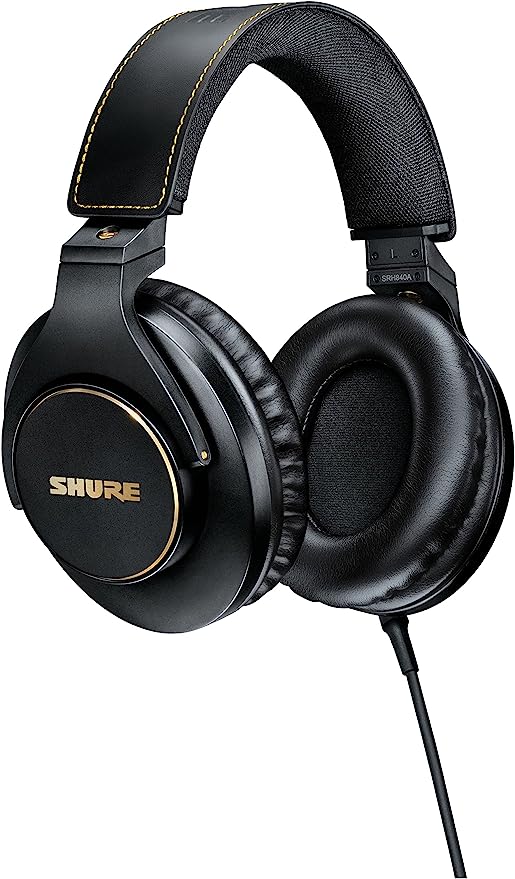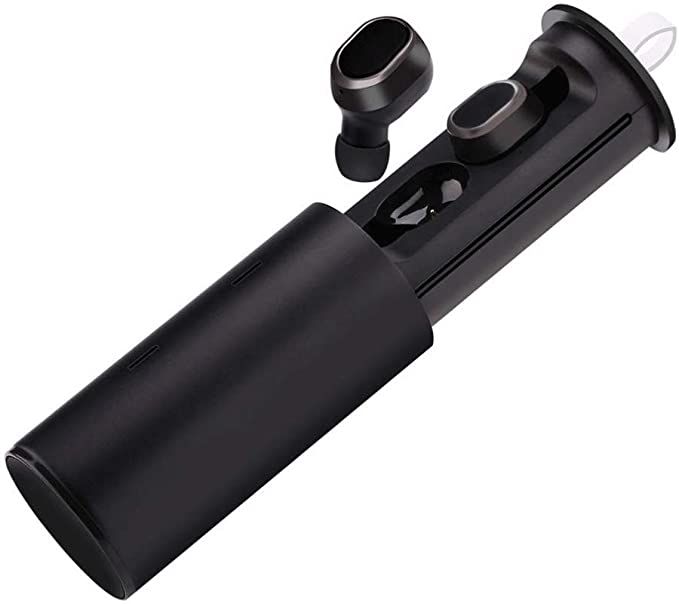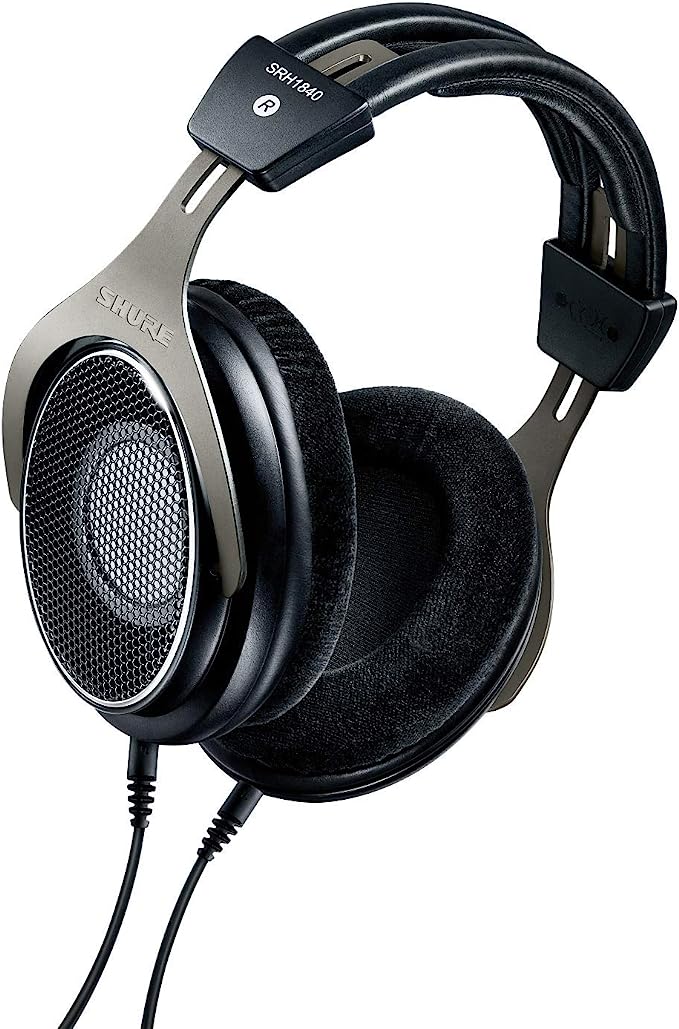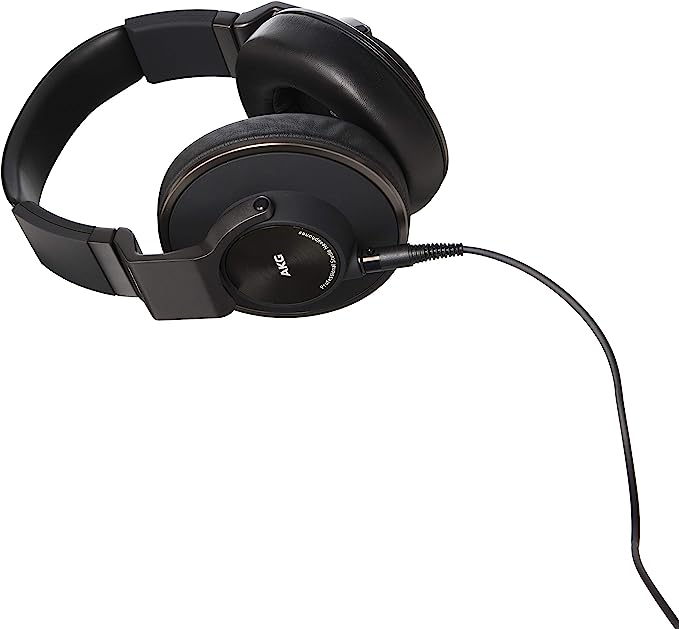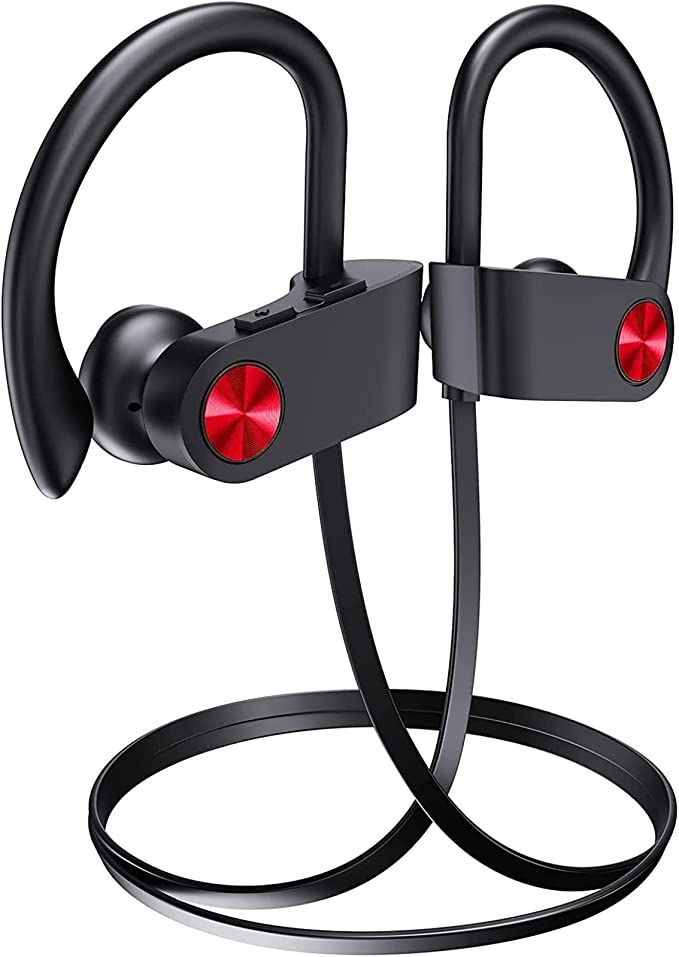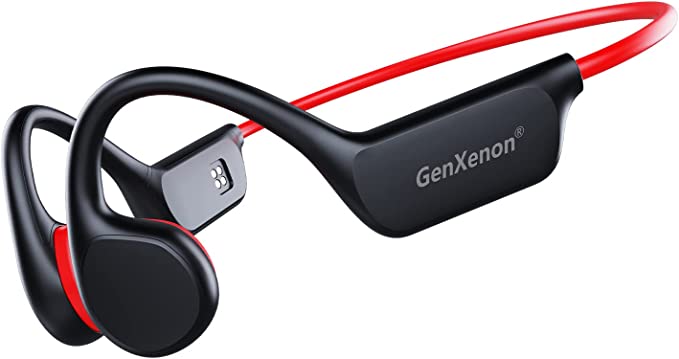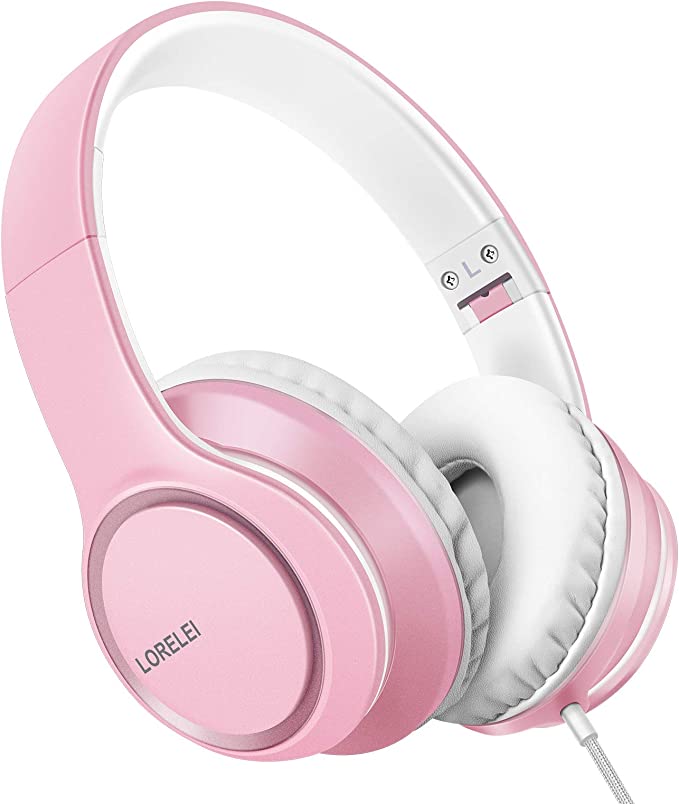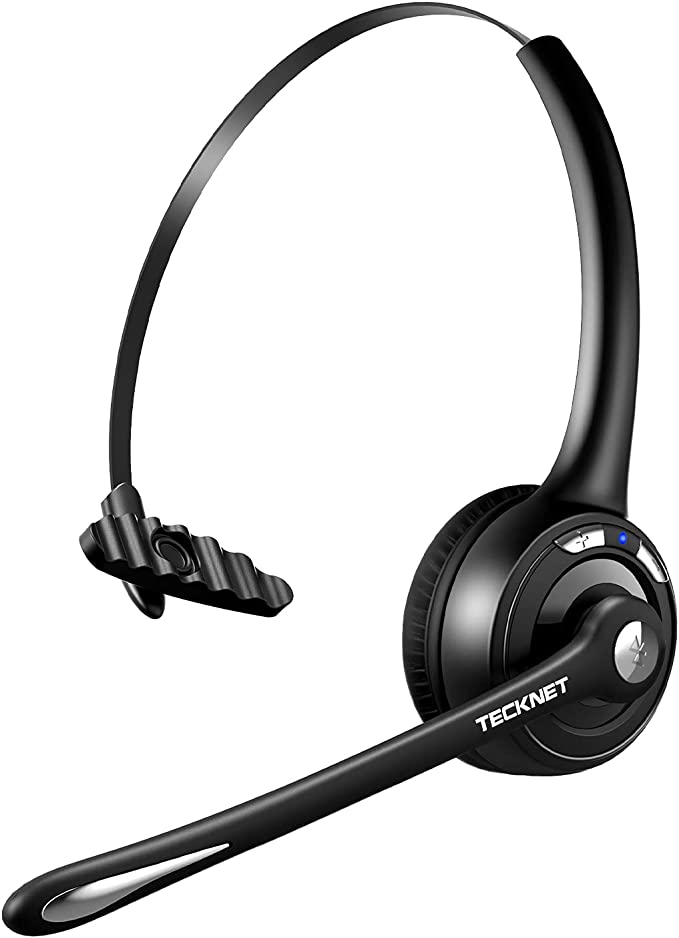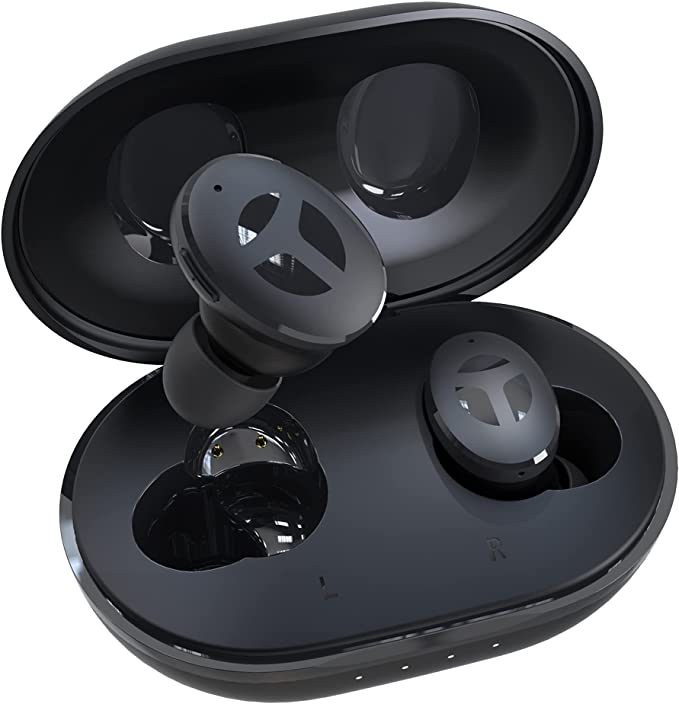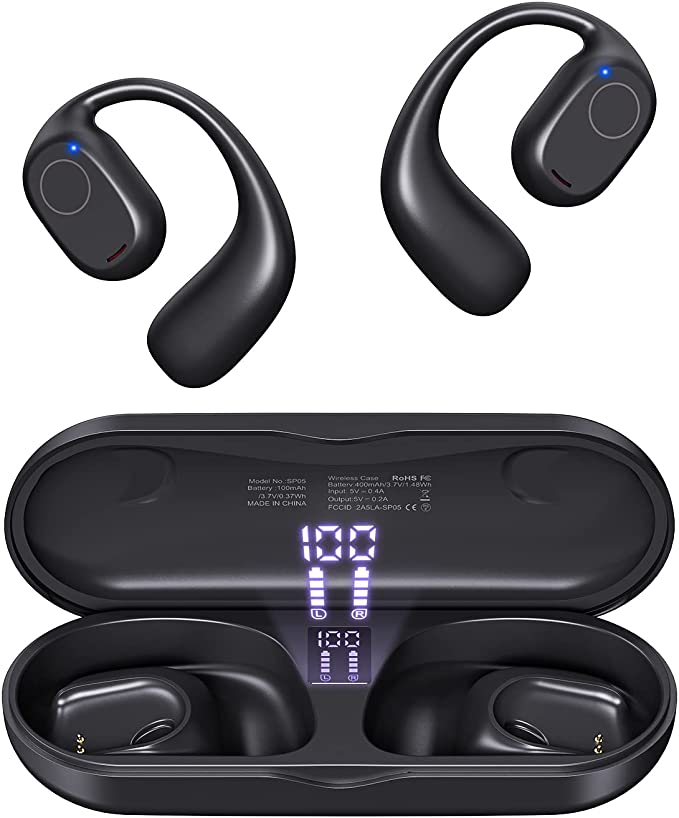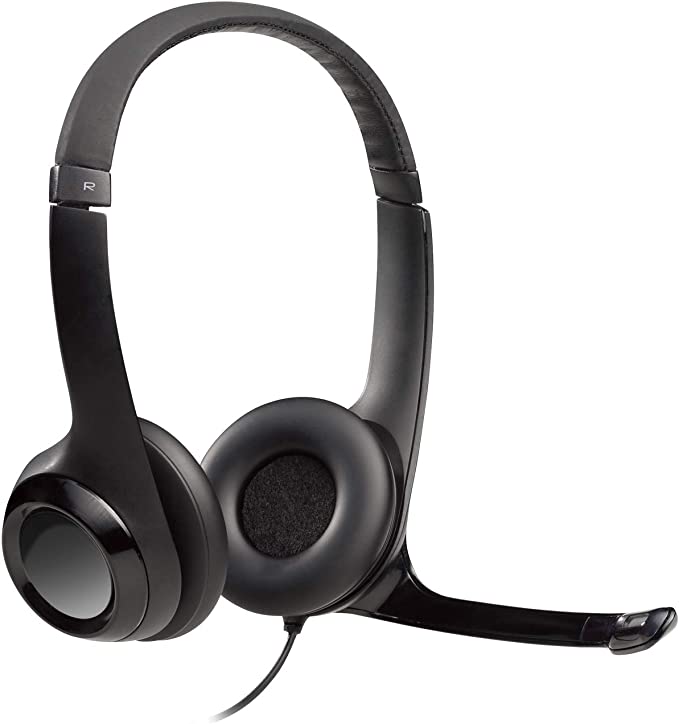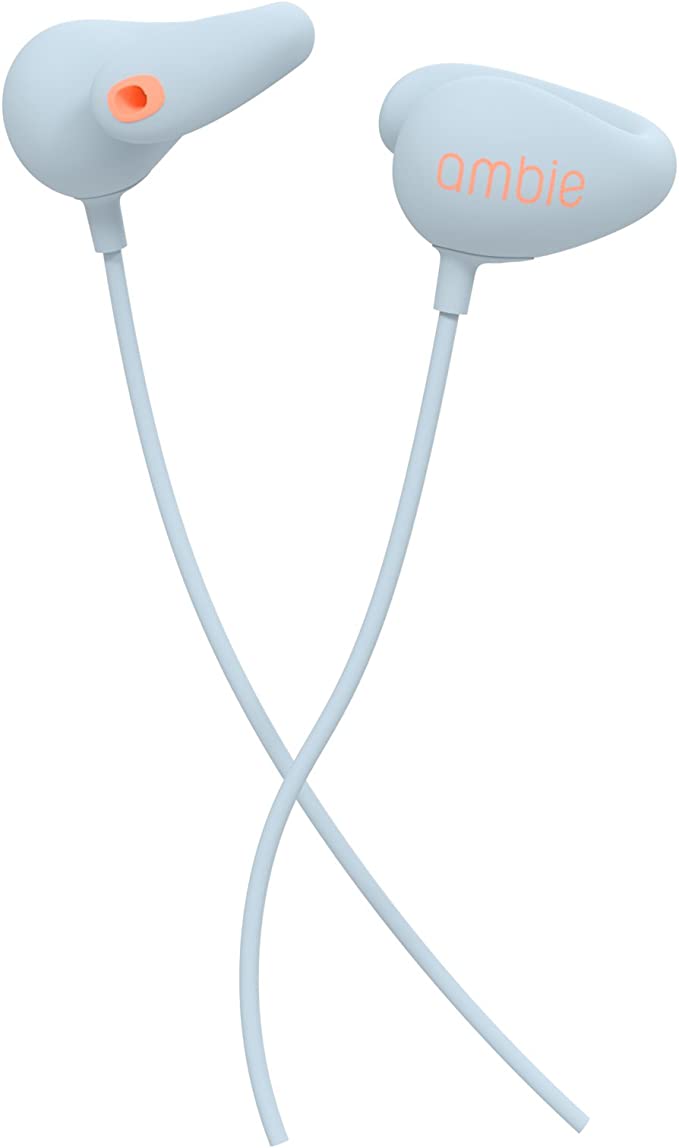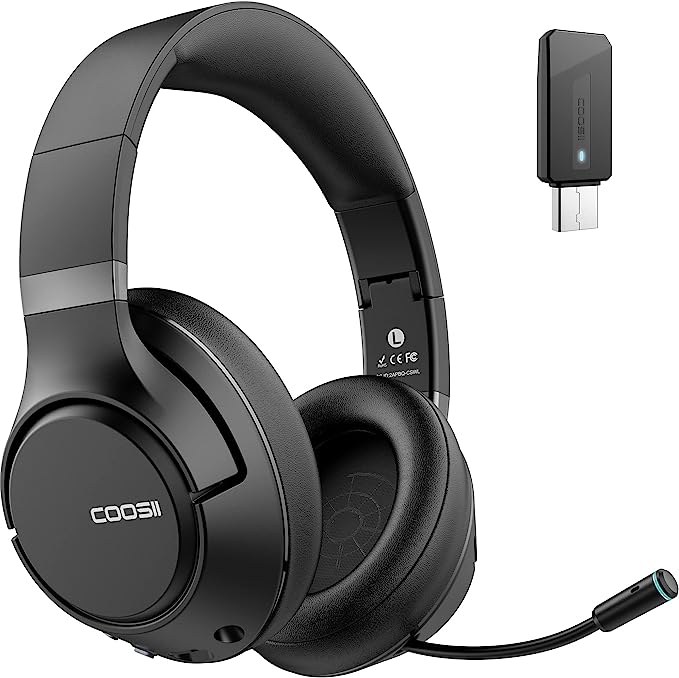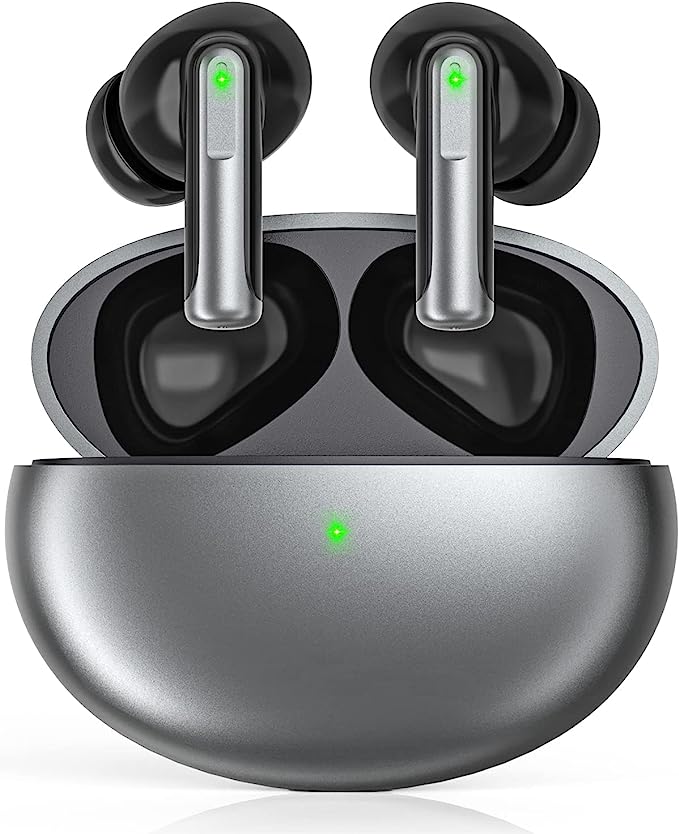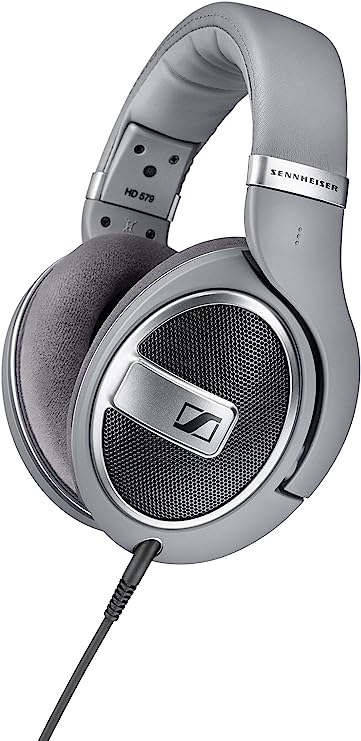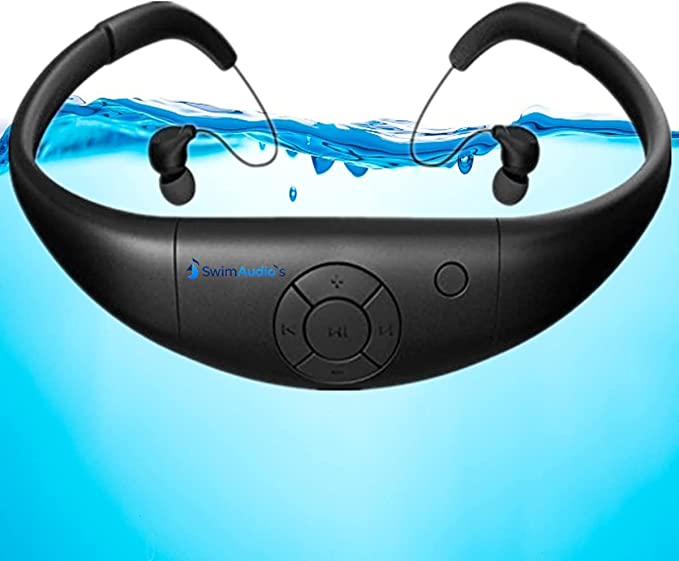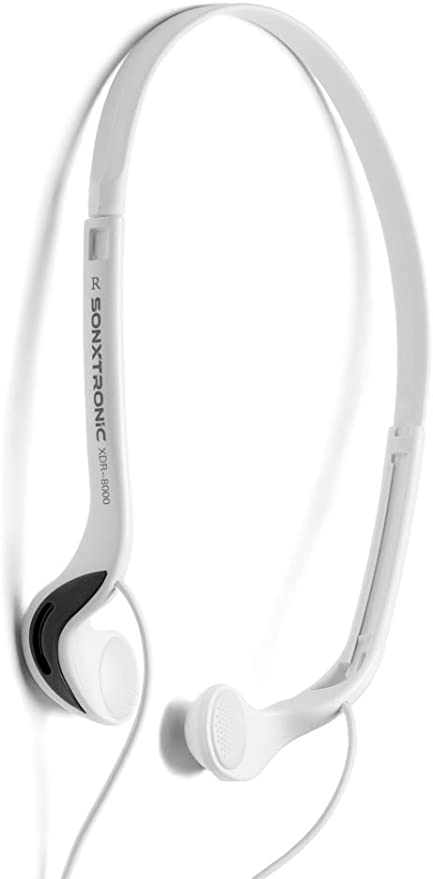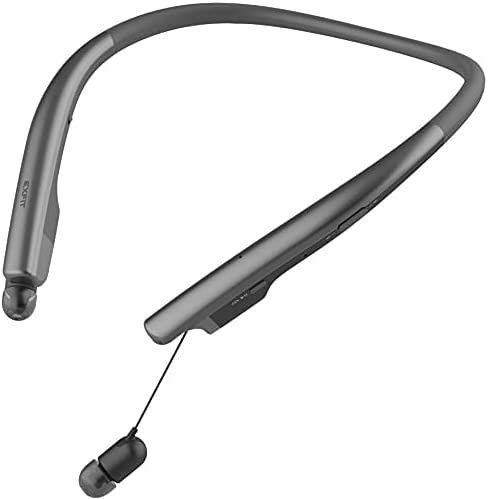MAONO AU-MH601 Studio Headphones: Immersive Sound for Creators and Audiophiles
Update on July 24, 2025, 12:46 p.m.
Imagine for a moment you’re an audio engineer in the late 1940s. The air in the studio is thick with anticipation. You’ve just captured a brilliant performance onto a new marvel of technology: magnetic tape. For the first time, you can edit and layer sound with unprecedented freedom. The musicians have packed up, the echoes in the live room have faded, and you press play. The sound that emerges from the control room speakers is… close. But it’s not quite right. The warmth of the vocalist’s lower register seems diminished, the upright bass sounds a little thin, and a subtle hum that wasn’t there before now lurks in the background.
You lean back, frustrated, and ask the question that would come to define the next century of audio engineering: “Are we hearing the truth?”
This relentless quest for sonic truth—for an unvarnished, untainted reflection of a recorded performance—is the very soul of professional audio. It led to the creation of a special class of tool, one designed not for casual enjoyment, but for intense, critical analysis. This tool is the studio monitor, and its headphone equivalent is perhaps a creator’s most intimate and honest companion. This is not a story about simply listening to music; it’s a story about understanding it.

The Birth of Critical Listening
In the early days of recording, the greatest challenge was not just capturing sound, but knowing what, exactly, you had captured. The acoustics of the control room, the wild inconsistencies of early loudspeakers, and the limitations of the recording medium itself all conspired to color the sound. Engineers were effectively mixing in the dark, making creative decisions based on a skewed and unreliable picture of their work.
A solution was needed. Not just a better speaker, but a reference point—a standard. This philosophy was famously crystalized by institutions like the BBC, which developed its own legendary line of monitor speakers in the mid-20th century. The goal was radical in its simplicity: to create a speaker that added as little of its own character as possible. It wasn’t designed to sound “good” or “pleasing.” It was designed to be honest.
This principle is the dividing line between consumer audio and professional monitoring. Your everyday headphones are often engineered to be flattering, like a portrait photographer who softens wrinkles and boosts colors. They might accentuate the bass or add a sparkle to the highs to make music sound more immediately impressive. A studio monitor headphone, conversely, is an unflattering mirror. Its job is to show you everything, the good and the bad, with ruthless clarity.

The Physics of Honesty: Deconstructing a Modern Monitor
To build such an honest tool requires a deep understanding of physics and acoustics. It’s a calibrated scientific instrument for your ears, and every component is a part of that calibration.
The Engine of Detail - The Driver
The heart of any headphone is its driver. In the case of a modern monitor like the MAONO AU-MH601, a common feature is a large, 50mm dynamic driver. The size is not an arbitrary number for marketing; it’s a solution to a fundamental physical challenge. A larger diaphragm can move more air with less effort, allowing it to reproduce a wider range of frequencies—especially the difficult low-end—with greater accuracy and less strain. As the electric bass and synthesizers became staples in popular music, the historical need for monitors that could faithfully reproduce these deep frequencies became critical. But it’s not just about power; a larger, well-controlled driver can also render micro-details with greater precision, allowing you to hear the subtle decay of a reverb tail or the texture of a musician’s breath.
The Chamber of Isolation - The Closed-Back Design
Walk into any professional recording studio, from Abbey Road to Capitol Records, and you’ll notice it’s a room within a room, meticulously designed for acoustic isolation. Monitor headphones often seek to replicate this principle on a micro-scale using a closed-back design. By creating a sealed chamber around the ear, they provide significant passive noise isolation. This serves two crucial functions rooted in the practicalities of recording. Firstly, it blocks out external distractions, allowing you to focus entirely on the audio you’re working on. Secondly, it prevents the headphone’s sound from “bleeding” out and being picked up by a live microphone during a vocal or instrument take—a problem that can ruin a perfect recording.

The Unflattering Mirror - The Quest for a Flat Frequency Response
This is perhaps the most crucial and misunderstood concept in monitoring. The ultimate goal is a flat frequency response, meaning the headphone reproduces all frequencies at the same relative level. But why is this so important? The answer lies in psychoacoustics, the study of how we perceive sound.
Pioneering research in the 1930s by Harvey Fletcher and Wilden A. Munson revealed a startling fact: human hearing is not linear. Our ears are naturally more sensitive to midrange frequencies (where human speech lies) than to very low or very high frequencies. This means that to us, a truly flat signal won’t sound flat at all, especially at low volumes.
Engineers, therefore, need a tool that provides a consistent, objective, and uncolored baseline, free from both the biases of our own ears and the flattering curves of consumer headphones. A monitor with a flat response acts as that baseline. It exposes when a bassline is truly too loud, or when a vocal has a harsh, unpleasant edge around 2-4kHz. It’s the high-quality, perfectly flat mirror that reveals every pore and imperfection, empowering you to fix it. It might not always be pretty, but it’s always the truth.

The Modern Democratization of Truth
For decades, this level of audio fidelity was confined to million-dollar recording studios. But we are now living through the home studio revolution. Technology has democratized creation. Musicians, podcasters, and filmmakers are producing broadcast-quality content from their bedrooms. This seismic shift has created an unprecedented demand for accessible, professional-grade tools.
This is the world where a headphone like the MAONO AU-MH601 finds its purpose. It exists because the principles of the high-end studio are no longer a luxury. Looking at its design, you see the direct lineage of that history. The 50mm drivers are there to pursue that wide, accurate frequency reproduction. The closed-back design provides the isolation needed for a noisy home environment. Practical features like 90-degree swiveling earcups are a direct nod to the workflow of the modern DJ and producer. It is the philosophy of the professional monitor, made accessible.
It’s not about being the most expensive piece of gear. It’s about embodying a commitment to honesty.

Beyond Listening, Towards Understanding
We began with an engineer’s quest for truth in a bygone era. That quest has never ended. In our current age of digital filters, algorithmic playlists, and artificially enhanced everything, the ability to connect with something authentic feels more vital than ever.
A studio monitor headphone is more than just a tool for making better-sounding audio. It is an instrument for training your ears. It teaches you to listen actively, to dissect sound, and to appreciate the craft behind a great recording. It challenges you to become a more discerning listener and a more intentional creator. It is, in essence, your personal honesty test. And by embracing that honesty, you don’t just hear music—you get closer to understanding it.




